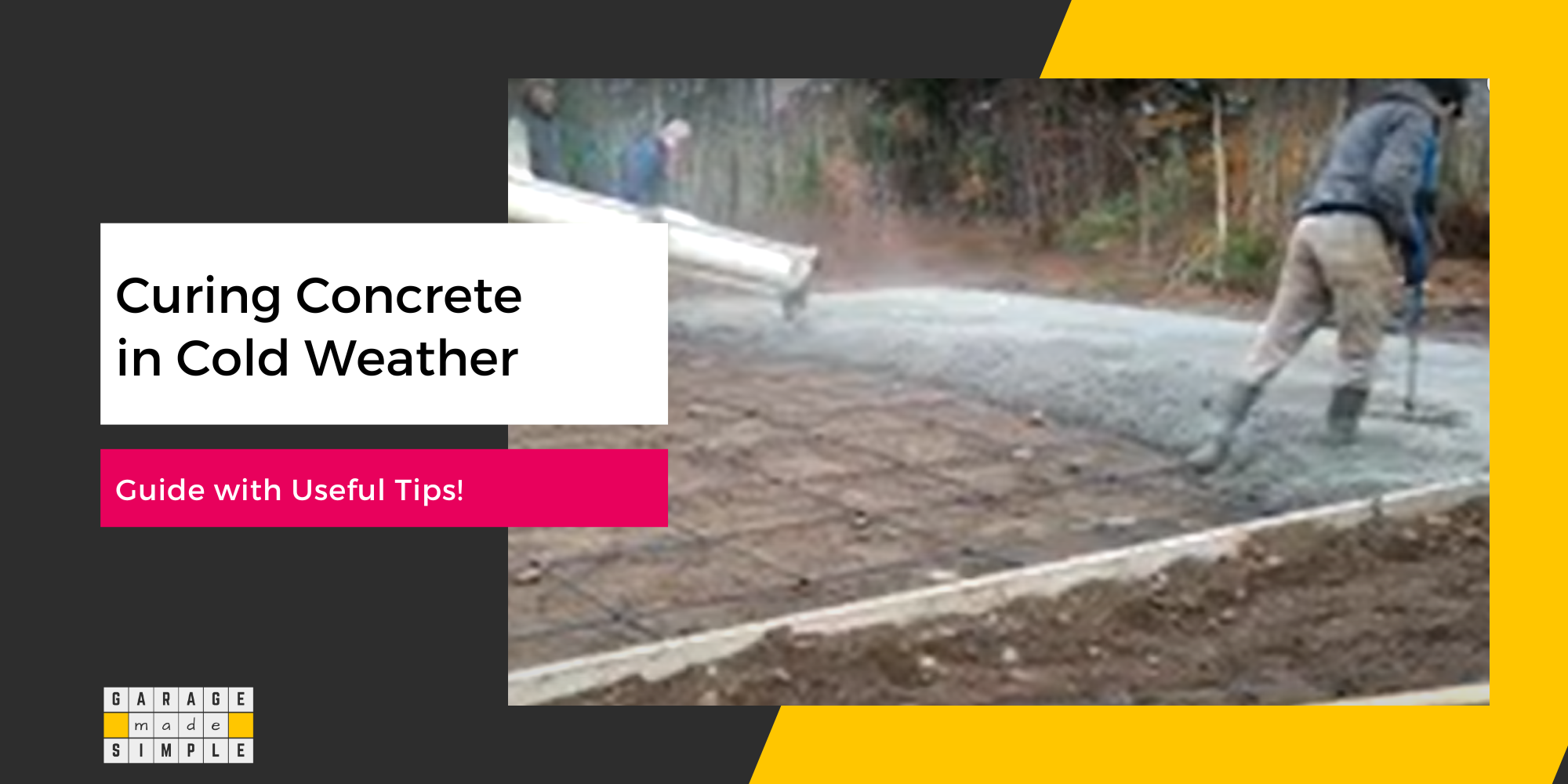Understanding Expansion Joints in Concrete Slabs: 5 Important Things to Know!
As an Amazon Associate, I earn from qualifying purchases.

1. Are Expansion Joints in Concrete Slabs Necessary?
Expansion joints in concrete slabs are required wherever the new slab meets an existing slab, foundation, or any other rigid obstruction.
It is one of the 3 most commonly used construction joints when pouring concrete slab on grade.
Expansion joints provide the necessary space for concrete slabs to expand and contract with temperature changes, preventing the development of stress. These joints, also known as isolation joints, physically separate two slabs or a new slab from a rigid obstruction to expansion.
When should you use expansion joints in concrete? Almost always. Expansion joints are required in most slab-on-grade installations, whether they are interior floors like garage or basement floors, or exterior slabs, such as patios or driveways.
The only exception is when you pour an independent concrete slab, such as one for placing a shed or an above-ground pool.
An expansion joint is, especially, important for exterior concrete slabs, such as patios, pool decks, or driveways because:
- They are exposed and, therefore, subject to higher temperature variations.
- They can, typically, have larger dimensions, and that increases the potential for expansion.
2. How Wide Should a Concrete Expansion Joint Be?
Expansion joints in interior concrete slabs, such as garage and basement floors should be between ¼“ and ½“ wide.
Expansion joints in outdoor concrete slabs, such as patios or driveways, should be ¾“ wide.
The exact width depends on factors such as the size of the slab and the expected range of temperature variation. Naturally, both, these factors tend to be higher for exterior, uncovered, concrete slabs.
The width of the expansion joint allows for the necessary movement of the concrete due to changes in temperature and moisture levels, preventing cracking and damage. Properly sized expansion joints ensure the longevity and durability of concrete structures.
Concrete expands when temperatures rise and contracts when temperatures drop. While the thermal coefficient of expansion for concrete is small, it is significant enough to necessitate expansion joints in concrete slabs.
3. What Should Be the Spacing Between Expansion Joints?
Expansion joints should be placed approximately 30 times the slab thickness apart.
For example, for a 4-inch thick slab, the joints should be spaced around 10-12 feet apart. The expansion joints must be made before the concrete mix is poured using forms. They should be as deep as the concrete slab thickness. So in the above example, they should be 4 inches deep.
4. What Is the Difference Between Control Joints and Expansion Joints?
The terms “expansion joints” and “control joints” are often used interchangeably, sometimes even by professionals. Although they may look similar, a closer inspection reveals they serve different functions.
Expansion joints in concrete slabs are placed to separate two sections of the slab, allowing each to move independently. This separation accommodates the expansion and contraction due to temperature changes, preventing stress and potential damage.
Control joints, on the other hand, are placed within a section of the slab to control where cracks form. These joints create a weak point in the slab, directing any cracking that occurs due to shrinkage or other factors to a specific, controlled location.
Here is a table that highlights the key differences between an expansion joint and a control joint.
| Feature | Expansion Joint (aka Isolation Joint) |
Control Joint (aka Contraction Joint) |
|---|---|---|
| Placement | Before concrete pour | After concrete pour |
| Depth | Same as concrete slab thickness | Quarter of concrete slab thickness |
| Width | Typically ⅜” | Typically ⅛” |
| Purpose | Separates two slabs to allow for expansion due to temperature rise | Creates a weakened plane to encourage concrete shrinkage cracks to occur within the joint |
5. Should Expansion Joints in Concrete Slabs Be Sealed?
Expansion joints should be sealed with a flexible sealant to prevent water and other fluids from seeping in and causing damage to the concrete slab. The sealant must be flexible enough to allow the joint to move without cracking.
Several types of sealants can be used for expansion joints. Some common choices include:
- Polyurethane sealant: This is a flexible sealant that is resistant to water, chemicals, and UV rays, making it arguably the best option.
- Epoxy sealant: This is a strong sealant that is also resistant to water and chemicals.
- Bituminous sealant: This is a low-cost alternative that is still effective at preventing water from seeping in. It is often used to seal expansion joints in concrete driveways.
Quikrete Polyurethane Concrete Crack Sealant is an excellent product for filling up expansion joints in concrete slabs. Make sure to use a good-quality backer rod, such as Sashco 30251 Pre-Caulking Filler Rope Backer Rod Roll.
After using a polyurethane sealant to fill the expansion joint, it is advisable to seal the entire concrete slab with a good-quality solvent-based topical sealer for additional protection. I recommend as under:
Recommended Solvent Based Topical Sealer
Armor AR500 Solvent Based Acrylic Wet Look Sealer
Solvent Based Topical Sealer
- Will enhance dull and faded surfaces with a high gloss wet look.
- Will reduce damage caused by surface abrasion, road salts, water absorption, and exposure to the elements.
- UV resistant, non-yellowing, and breathable.
Thank you very much for reading the post. I do hope you found it informative and useful.







